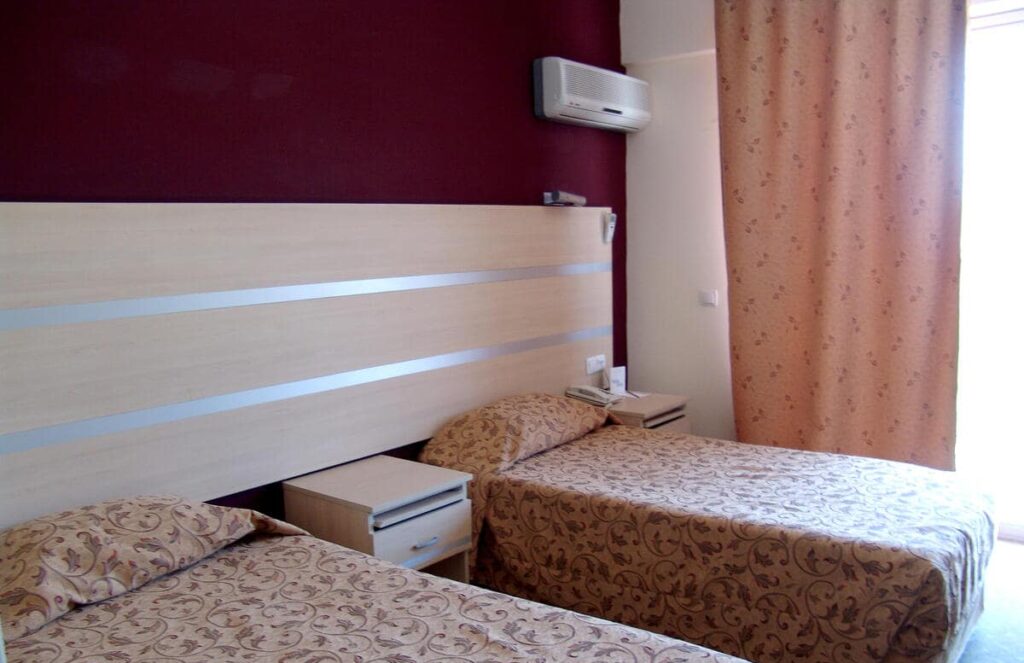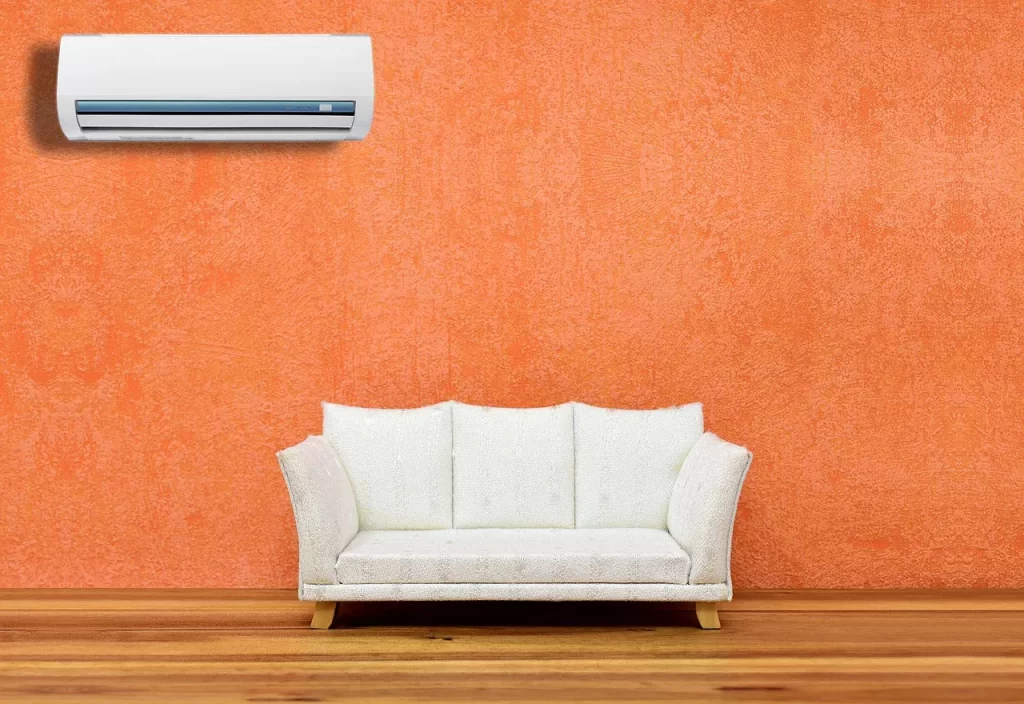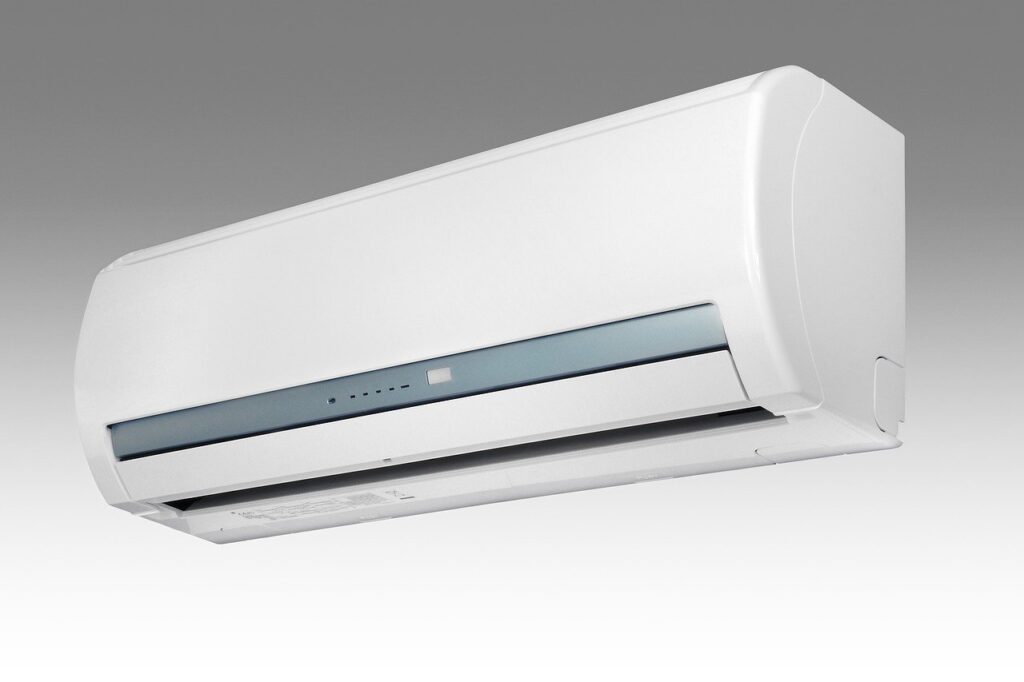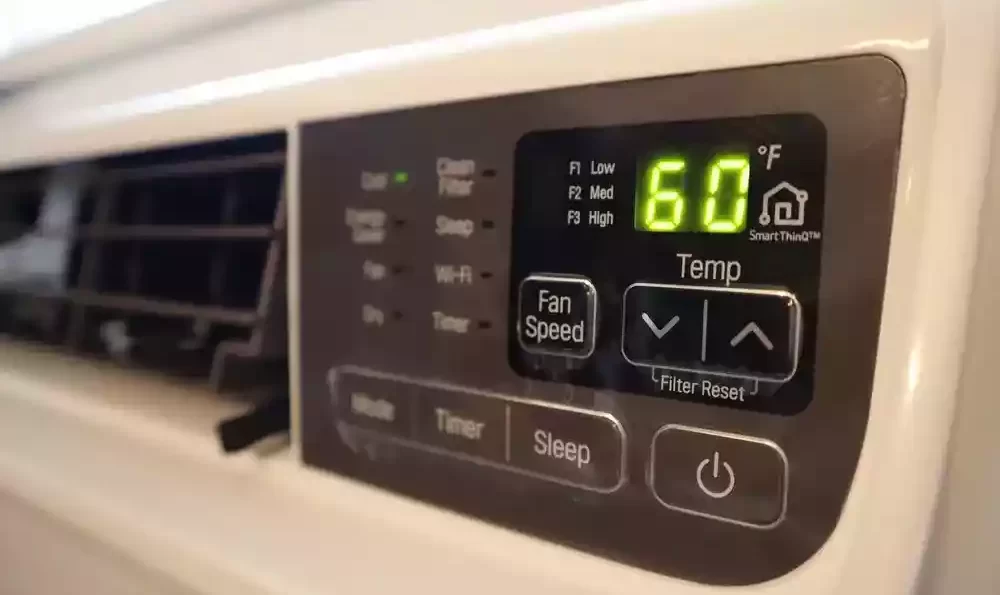
An AC tonnage calculator in India is super-convenient. The only problem is that most AC ton calculators you’ll find online will not be able to take into account variables that are specific to your unique situations. However, if you take the time to calculate the AC tonnage for your room, you will still avoid a lot of potential AC problems. Further, not picking an AC with the right tonnage can mean paying more in electricity bills.
But before we explain how you can go about calculating exactly how many tonnes of AC you need, let’s first understand what ‘AC ton’ actually means.
- What Is Ton In AC
- AC Tonnage Calculation Formula
- How Well-Sealed Your Room Is
- How Much Sunlight It Receives and How Humid Your City Tends to Be
- How Many People You Expect To Stay In The Room
What is AC Ton and AC Capacity?
As you already know, room size and AC tonnage are closely related but before we delve into this relationship, let’s understand the basic term “ton”. In the simplest terms, the ‘ton’ of an AC shows you its cooling capacity. The more the tonnage of an AC the higher its cooling capacity. So, a 1.5-ton AC will cool more and faster than a 1-ton AC and a 2-ton AC will cool more and faster than a 1.5 ton.
How to Calculate AC Ton for your Room Size Without an AC Tonnage Calculator in India
AC Tonnage Calculation Formula: How Much Ton AC is Required for Bedroom & Other Rooms


If you’re wondering how to calculate AC ton for your room yourself, this is the section you need to pay attention to.
Since the AC tonnage calculation formula deals with temperatures i.e., heat and cooling, we have to understand BTU. BTU stands for British Thermal Unit and is used for measuring heat. 1 BTU is a specific amount of heat that is required to raise the temperature of 1 pound of water by 1 degree Fahrenheit.
Generally speaking, a 1-ton AC can remove 12000 BTUs of heat. So:
1 ton = 12000 BTUs
The amount of heat in any physical space varies with the time of day as well the changing seasons. Also, most people, when trying to calculate the AC tonnage for a room, are working with the dimensions of a room. Therefore, BTU alone offers no help and you need a way to convert this measuring unit to room size.
Unfortunately, translating BTUs to square feet is a long and tedious process. Fortunately, the experts have already done the work for us.
They recommend that the thumb rule for AC tonnage calculation is:
20 BTUS ARE NEEDED PER SQUARE FOOT OF SPACE
Now that you know the dimensions of your room, you can easily find how many tonnes of AC you need with the right AC room size chart. Here we have compiled an AC tonnage chart showing just that:
| Room Area (sq. ft.) | AC Tonnage Requirement |
| Less than 80 sq. ft | 0.75 ton |
| 80 – 120 sq. ft | 1 ton |
| 120 – 190 sq. ft | 1.5 ton |
| 190 – 300 sq. ft | 2 ton |
If you know the height of your room ceiling, you can get an even more accurate idea of the AC tonnage that you need with online AC tonnage calculators. It doesn’t even matter whether you’re looking for a window or split AC ton calculator. You can use any but this AC capacity calculator from Carrier is particularly useful:
Tonnage Calculator – Carrier Midea India
It’s important to note that while calculating the AC tonnage for a room it’s a good idea to keep the maximum temperature in mind. The tonnage requirement of a 10 ft x 10 ft room in a city where the maximum temperature never exceeds 35 degrees Celsius would obviously differ from one where the temperature regularly touches 40 degrees.
Also, it is usually a good idea to go for the slightly higher tonnage AC if you have that option. For example, if your room measures 120 sq. ft. or something similar, then you’ll be better off buying a 1-ton AC than a 0.75-ton AC.
Now that you know the right AC tonnage for your room, have a look at the best split ACs available in the Indian market.
Other factors that determine what ton of AC you should go for are:
AC Capacity According to Room Size & How Well the Room is Sealed


By far the most important factor in determining whether or not your cooling efforts will be successful is how well the space is sealed.
Even if you have an AC with a higher tonnage, if there are gaps under the doors or constant opening and shutting of doors, there are bound to be leakages.
The installation plays a role too.
A split AC installation often produces a very small hole in the wall for the outlet pipes and this hole is usually sealed well by the technician.
With a window AC, however, things are different. The area around the AC has to be padded and well-sealed with the materials that are often provided with the AC. Not doing this results in constant air leakage and inefficiency of cooling.
If the space is such that there is constant opening and shutting of doors, you may consider buying a slightly higher tonnage to reduce energy leakages in peak summer conditions when cooling is required the most.
Consider Direct Sunlight & Humidity When You Calculate AC Tonnage for your Room
Weather conditions affect the efficiency of cooling tremendously.
It’s a no-brainer that a room that faces direct sunlight heats up a lot more and a lot faster than one that does not. In fact, it is not uncommon to see a temperature difference of 2-3 degrees in rooms that are facing the direct sun as compared to those that are not.
Further, top floors often get heated directly by the summer sun and are much hotter than the rest of the floor in a building. Other critical factors worth considering include how many sides of a room face sunlight and for how many hours.
If your room faces direct sunlight, especially in the peak summer months, it would be highly advisable to go for a slightly higher tonnage than the AC tonnage chart recommends. Doing this would ensure that you get maximum cooling when you actually need it.
Humidity too plays an important part. While dry heat decreases the efficiency of cooling, humid conditions often help it. For example, people living in coastal regions don’t need as much cooling power as people living in landlocked areas.
How to Calculate AC Tonnage & Consider Number of People
This is often something that people forget to take into consideration. The number of people in a room directly affects its temperature and thus how much cooling capacity is needed.
If you are buying an AC for your home, this is a relatively simple process. Where it gets complicated is when you are buying an AC for commercial purposes. In such a scenario it is best to first consider an average of the number of people and then plan for the maximum load as well. In effect, it often translates to buying a slightly higher tonnage.
Contents



